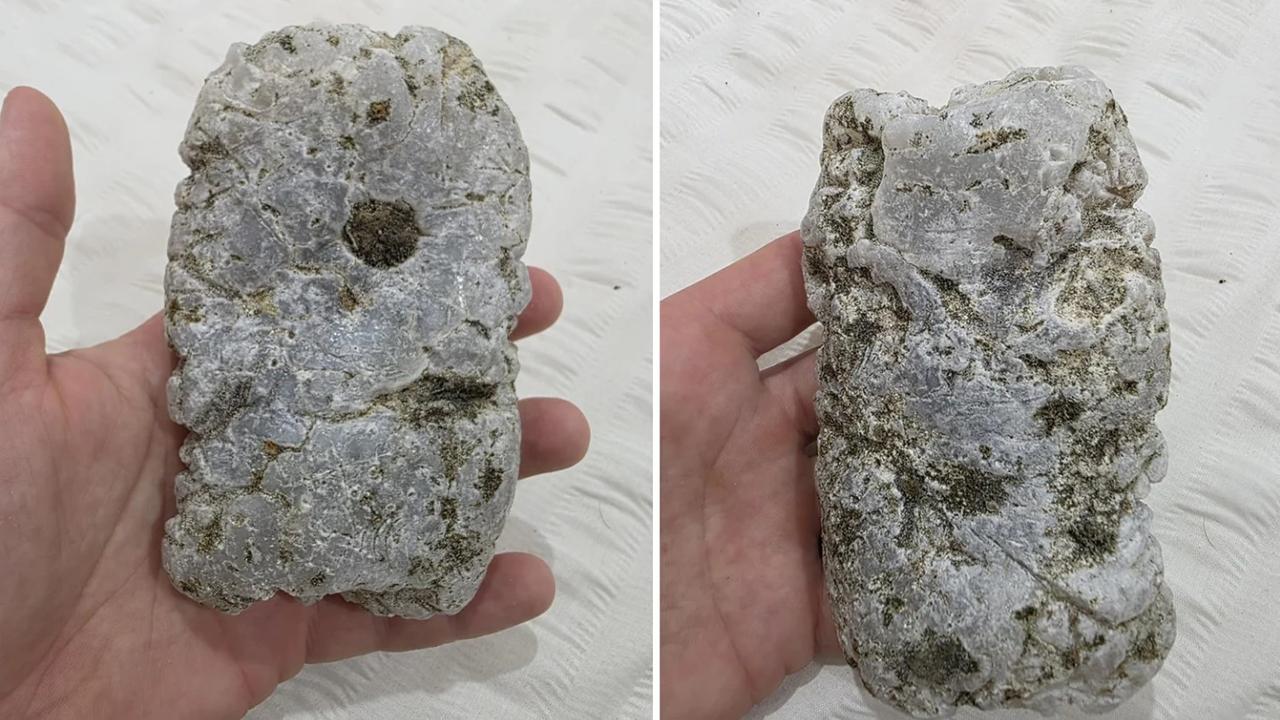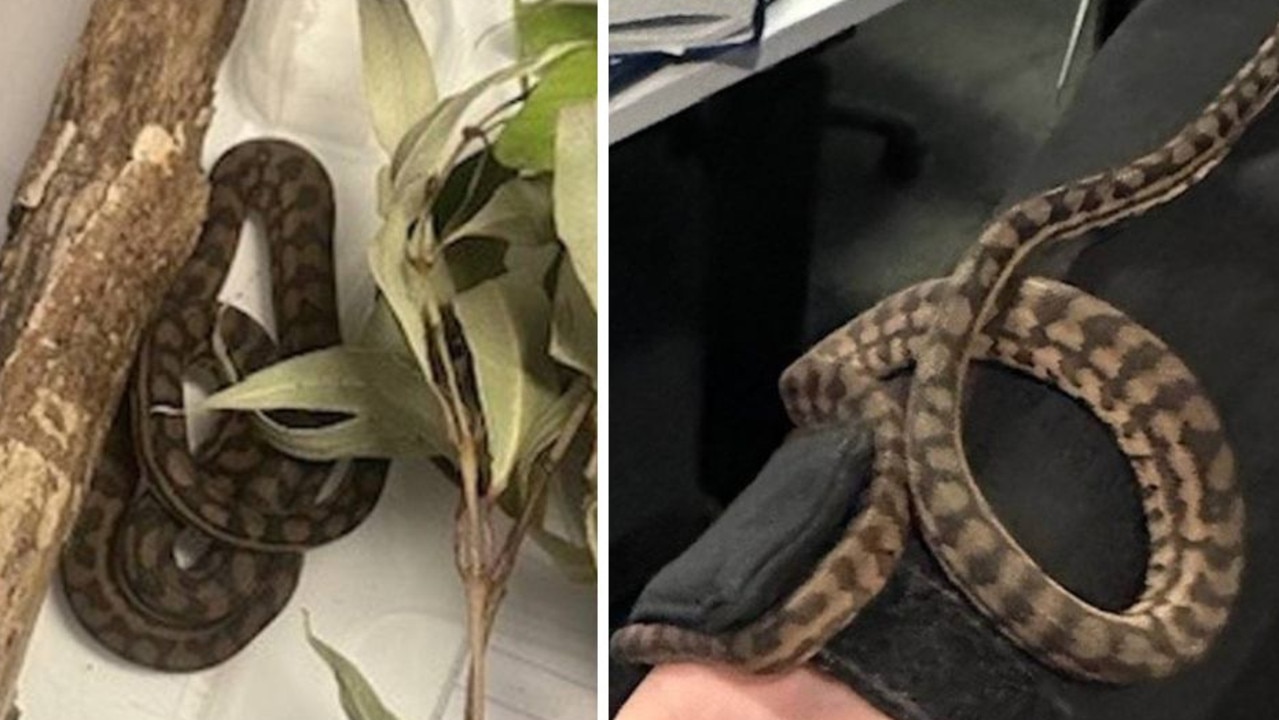Scientists discover the Earth’s strongest substance — in a snail’s tooth
WHAT’S the strongest stuff known to man? Spider webs? Diamonds? Nope. It’s these teeth, and they’re in an ocean near you.
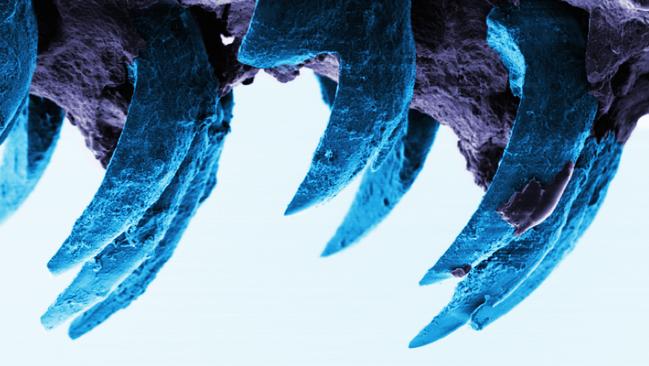
WHAT’S the strongest natural material known to man? Spider webs? Diamonds? Geckos’ toes? Nope. You’ll never guess what it is.
It’s a limpet’s tooth.
Researchers from the University of Portsmouth have found that the aquatic ‘snails’ have teeth with a crystalline structure so strong it should be copied to improve our cars, aircraft, boats and space craft.
“Until now we thought that spider silk was the strongest biological material because of its super-strength and potential applications in everything from bulletproof vests to computer electronics,” Professor Asa Barber says in a statement released overnight.
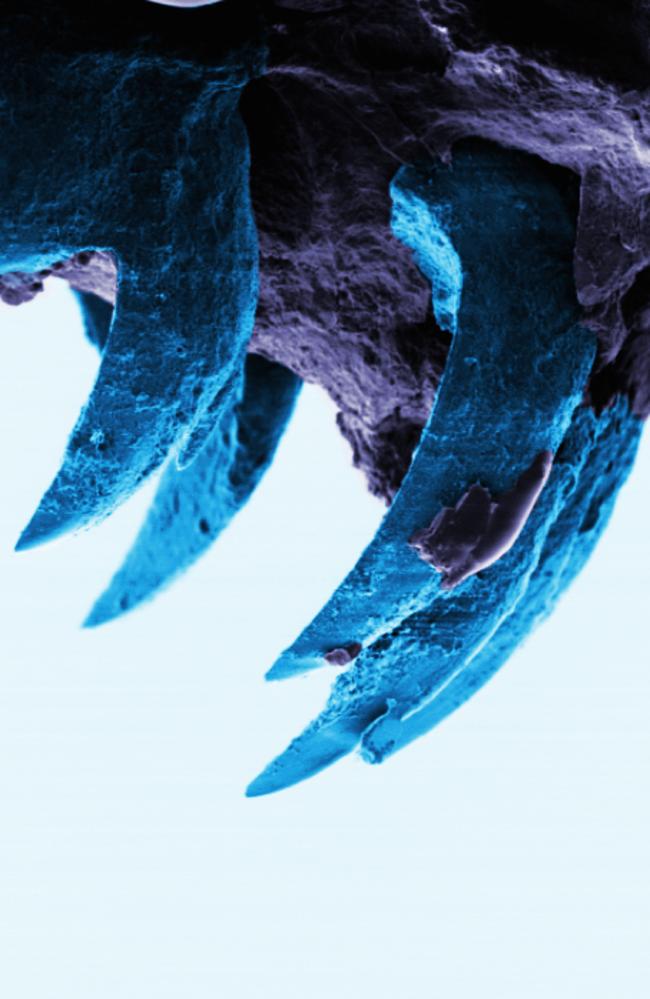
“But now we have discovered that limpet teeth exhibit a strength that is potentially higher.”
The secret appears to be in a mineral substance known as goethite.
This crystal forms in the limpet as it grows, enabling the conical-shelled critter to strip algae from rocks.
“Limpets need high strength teeth to rasp over rock surfaces and remove algae for feeding when the tide is in,” Professor Barber says.
To achieve this, the diminutive sea snail has developed teeth with a near perfect crystalline structure.
“We discovered that the fibres of goethite are just the right size to make up a resilient composite structure,” Professor Barbers says.
By that he means the toughest substance yet found.
Now we know about it, the fibrous tangle inside the teeth can likely be artificially reproduced.
The results of his study have been published in the Royal Society journal Interface
It took a complex and very new process to measure the limpet tooth’s strength: Breaking it.
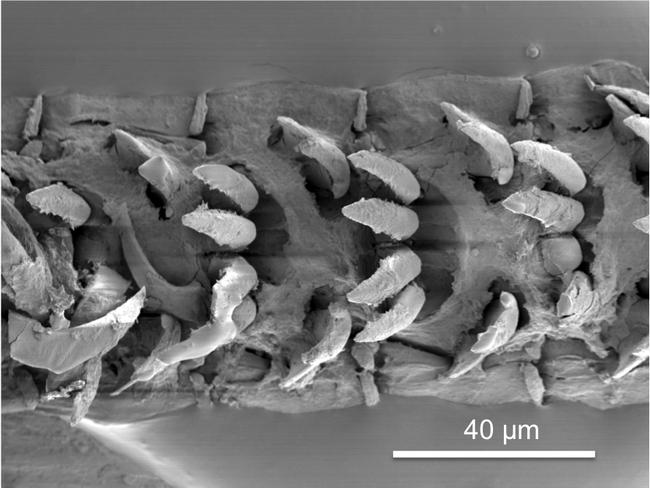
But that’s not easy to do when the tooth is so tiny — at least 100 times thinner than a human hair.
“The whole tooth is slightly less than a millimetre long but is curved, so the strength is dependent on both the shape of the tooth and the material,” he said.
So a tiny nick had to be taken out of one side to weaken the structure enough for it to crack.
The results of his team’s investigations were surprising.
“Generally a big structure has lots of flaws and can break more easily than a smaller structure, which has fewer flaws and is stronger,” he says. “The problem is that most structures have to be fairly big so they’re weaker than we would like.
“Limpet teeth break this rule as their strength is the same no matter what the size.”


